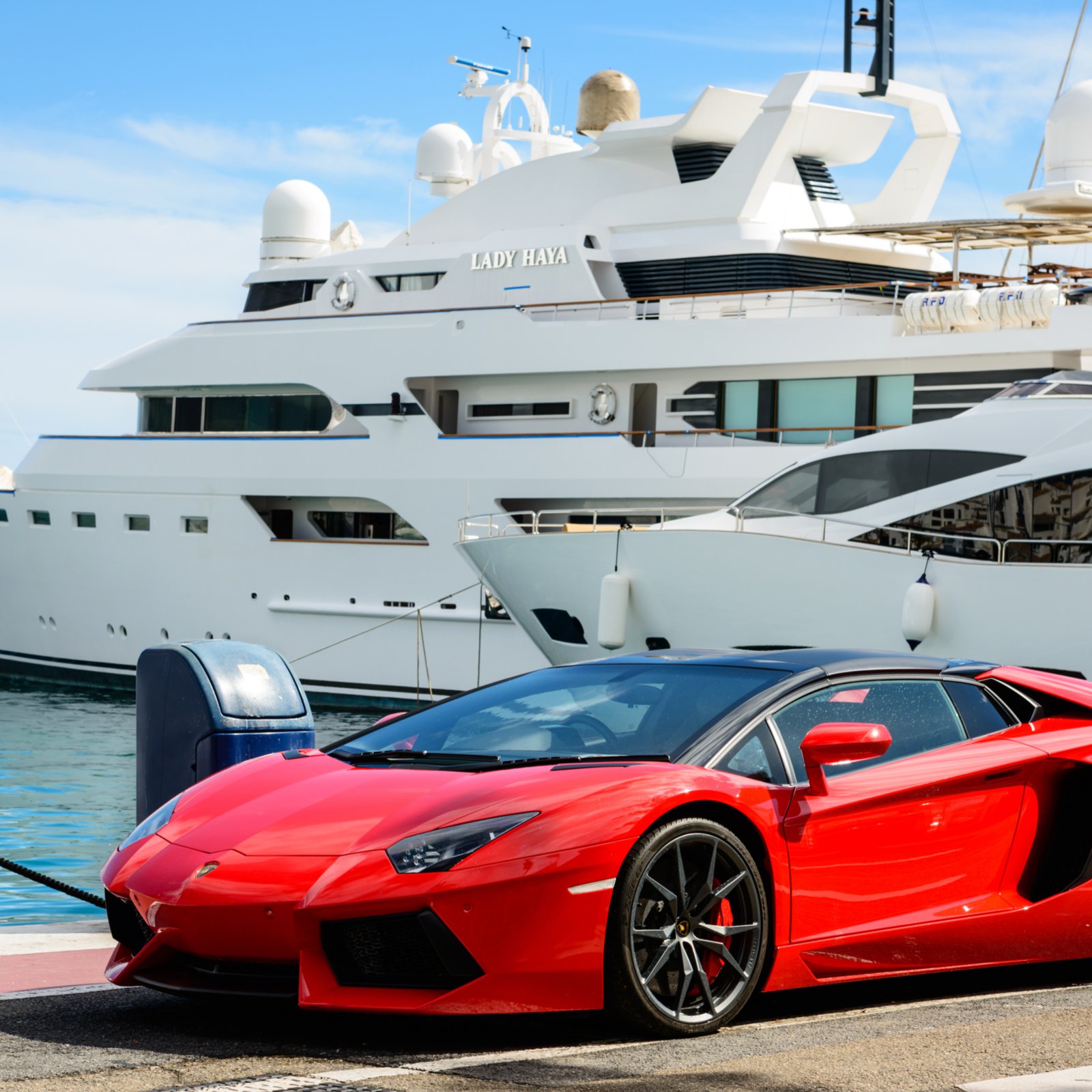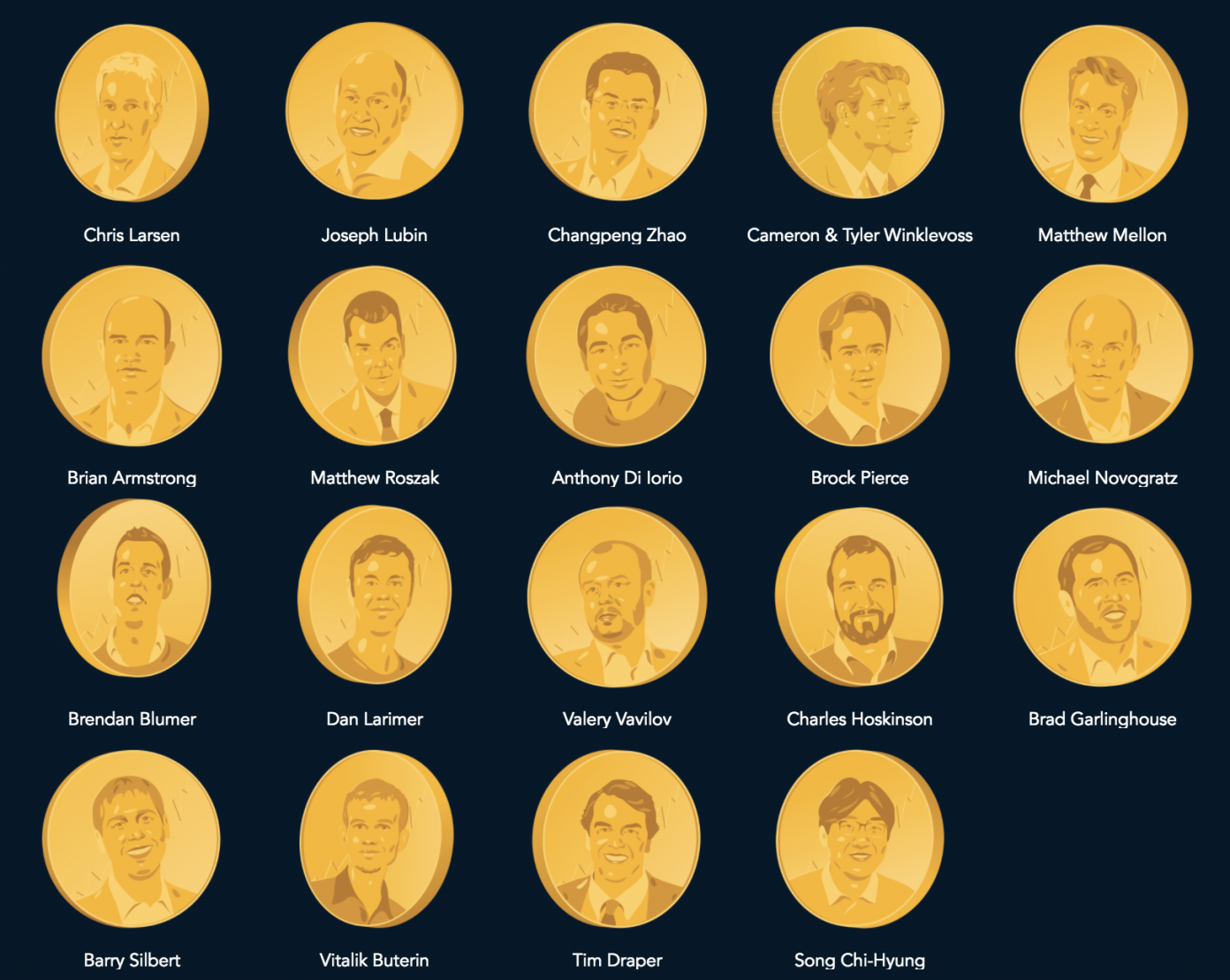
Ogling the fortunes of the filthy rich is a popular pastime with the poorer segments of society. It’s been that way for centuries, with 1849 marking the debut of Who’s Who, a 250-page guide “of living noteworthy and influential individuals, from all walks of life, worldwide.” In more recent years, Forbes has picked up the baton with its annual Rich List which reveals how the 1% are faring. Predictably, the U.S. publication has now launched its own crypto edition for the community to pore over. One name who doesn’t make the list, though, is the most famous and moneyed of all – Satoshi Nakamoto.
Also read: You Can Now Buy Luxury Stuff With Bitcoin and Have It Delivered – All Anonymously
The Shifting Sands of Crypto Riches
 It would be nice to pretend that decentralization and the separation of money and state are the primary motivators for people flocking to crypto. The truth is often more vulgar though. Do an internet search for Vitalik Buterin or any other major crypto figure and the autocomplete result that follows will inevitably be “net worth”. Human curiosity is a powerful urge, and money – in all its forms – is a natural magnet for the envious and the curious.
It would be nice to pretend that decentralization and the separation of money and state are the primary motivators for people flocking to crypto. The truth is often more vulgar though. Do an internet search for Vitalik Buterin or any other major crypto figure and the autocomplete result that follows will inevitably be “net worth”. Human curiosity is a powerful urge, and money – in all its forms – is a natural magnet for the envious and the curious.
Due to the volatility of cryptocurrencies, putting a precise dollar price on the entrants’ wealth is impossible, as Forbes readily admits, noting: “It’s a near certainty that we’ve missed some people and that some of our estimates are wide of the mark. But this was equally true when we launched the first Forbes 400 list of the wealthiest Americans in 1982. At the time, many people said we couldn’t—or shouldn’t—publish. We did so anyway, firm in the belief that we made the world a better place by shining a light on the invisible rich.”
Controversially, it then adds: “Fortunes of this magnitude should never be allowed to lurk in the shadows.” This is a contentious claim, and one which privacy proponents – of whom the crypto community has many – would take issue with. Of course, blockchains are public and fully auditable, and thus concealing huge amounts of cryptocurrency wealth is extremely difficult. Figures such as Vitalik Buterin, who has previously protested the avarice which is now endemic to the industry, won’t take kindly to featuring here, but will surely concede that with great wealth comes great public scrutiny.

Crypto Fortunes Broken Down
 To gain entry to Forbes’ Crypto Rich List, a minimum fortune of $350 million is required – or around 41,000 BTC at current prices. Ripple’s Chris Larsen and Brad Garlinghouse both feature of course, but then it’s easy to manufacture wealth when you create 100 billion units of your own cryptocurrency and then keep the bulk of the supply in the company coffers. Both men are undoubtedly billionaire rich, though in reality would be incapable of cashing out their vast XRP fortune in a hurry.
To gain entry to Forbes’ Crypto Rich List, a minimum fortune of $350 million is required – or around 41,000 BTC at current prices. Ripple’s Chris Larsen and Brad Garlinghouse both feature of course, but then it’s easy to manufacture wealth when you create 100 billion units of your own cryptocurrency and then keep the bulk of the supply in the company coffers. Both men are undoubtedly billionaire rich, though in reality would be incapable of cashing out their vast XRP fortune in a hurry.
It’s fair to say Larsen or Garlinghouse won’t be struggling to pay the bills anytime soon though, nor will Coinbase CEO Brian Armstrong who also features. The Winklevoss twins naturally make the list along with such luminaries as Michael Novogratz, Cardano’s Charles Hoskinson and EOS founder Dan Larimer. Perhaps the most interesting tidbit to emerge from the list, albeit an unsurprising one, is that the average age of its members is 42, versus 67 for Forbes’ traditional rich list. Both lists are still populated by white men, but in crypto those men have a lot less wrinkles.

While fleetingly fun, the Crypto Rich List does nothing to advance understanding of cryptocurrencies or appreciation for their transformative power. The men who made the list had the conviction to see the potential in cryptocurrencies when their peers dismissed them out of hand, and have been handsomely rewarded for their endeavors. For all its crassness, the Forbes Crypto Rich List is sure to become an annual staple that gives mainstream media a cryptocurrency angle the public can comprehend, and gives the crypto community something to debate, not only on account of who made the grade, but on account of the crypto whales who are noticeably absent.
Speaking of whales, in 2015 a 95% stake in Forbes was bought by Integrated Whale Media Investments. The Hong Kong-based public and private equity group, headed by a consortium of Chinese investors, then got ensnared in a protracted legal battle with Forbes over its failure to pay interest due on the $415 million deal. The matter was eventually settled out of court. Asians are in short supply on the Forbes Crypto Rich List, with only the CEOs of Binance and Upbit earning a place.
Do you think Forbes’ Crypto Rich List is distasteful or harmless entertainment? Let us know in the comments section below.
Images courtesy of Shutterstock, Paramount Pictures, and Forbes.
Bitcoinocracy is a free and decentralized way to measure the Bitcoin community’s stance on a given proposition. Check vote.Bitcoin.com.
The post Forbes’ Inaugural Crypto Rich List Is Crass Yet Compelling appeared first on Bitcoin News.
Powered by WPeMatico
